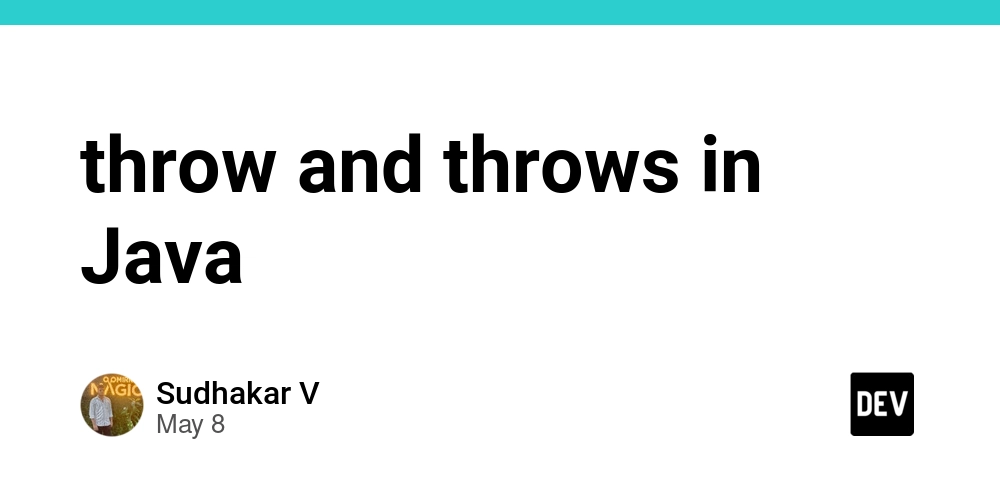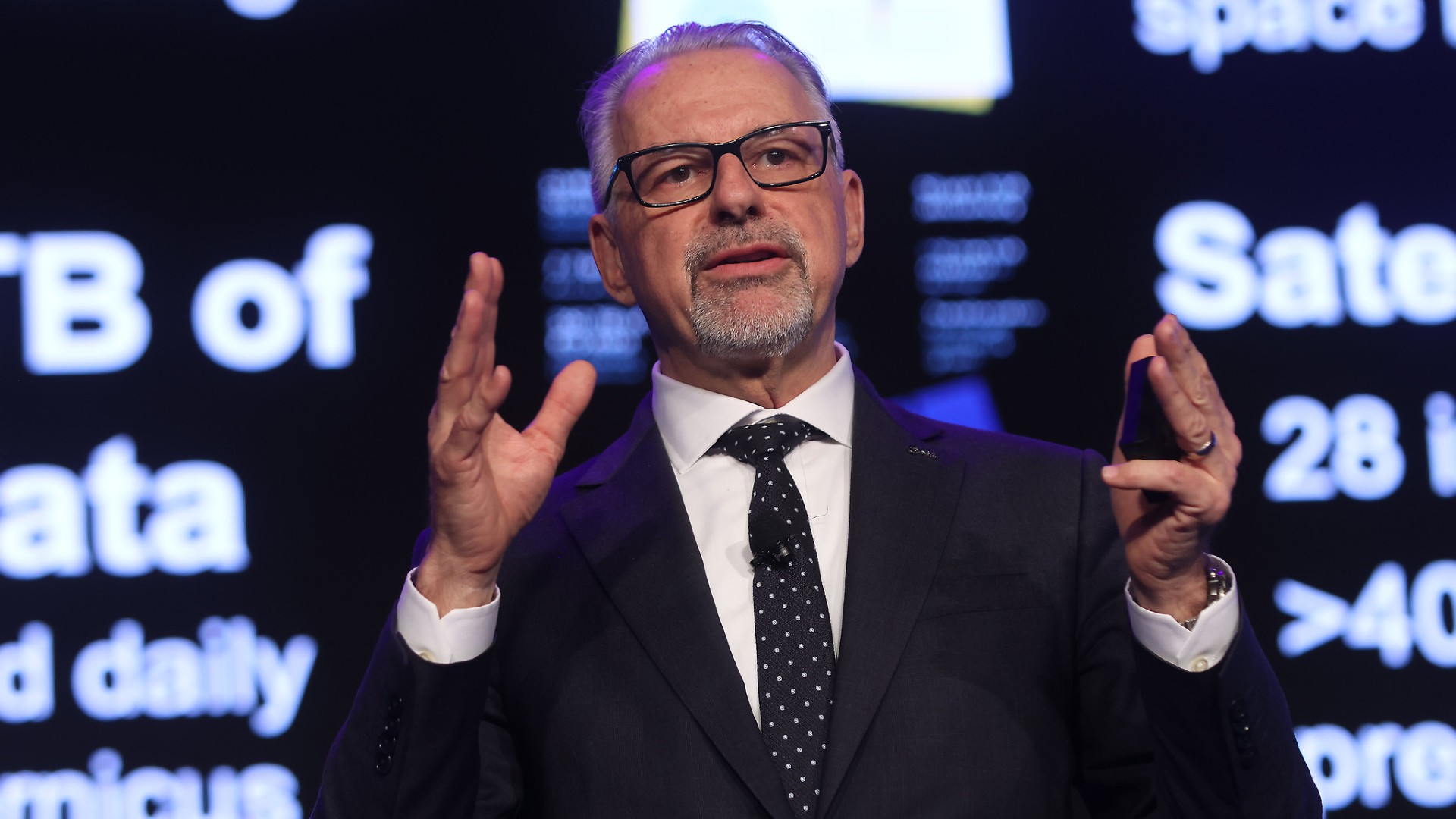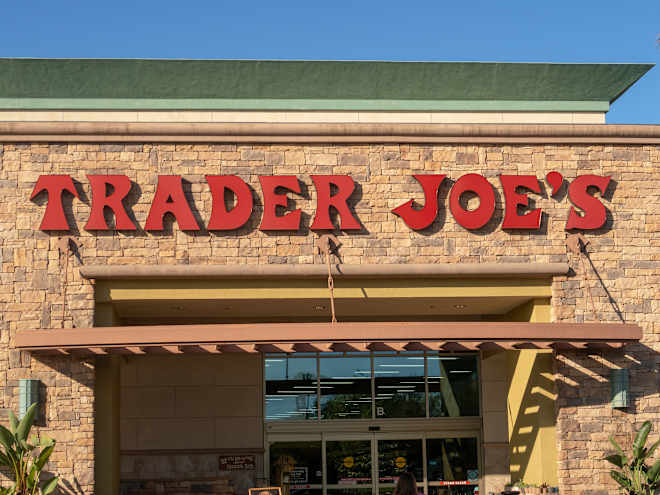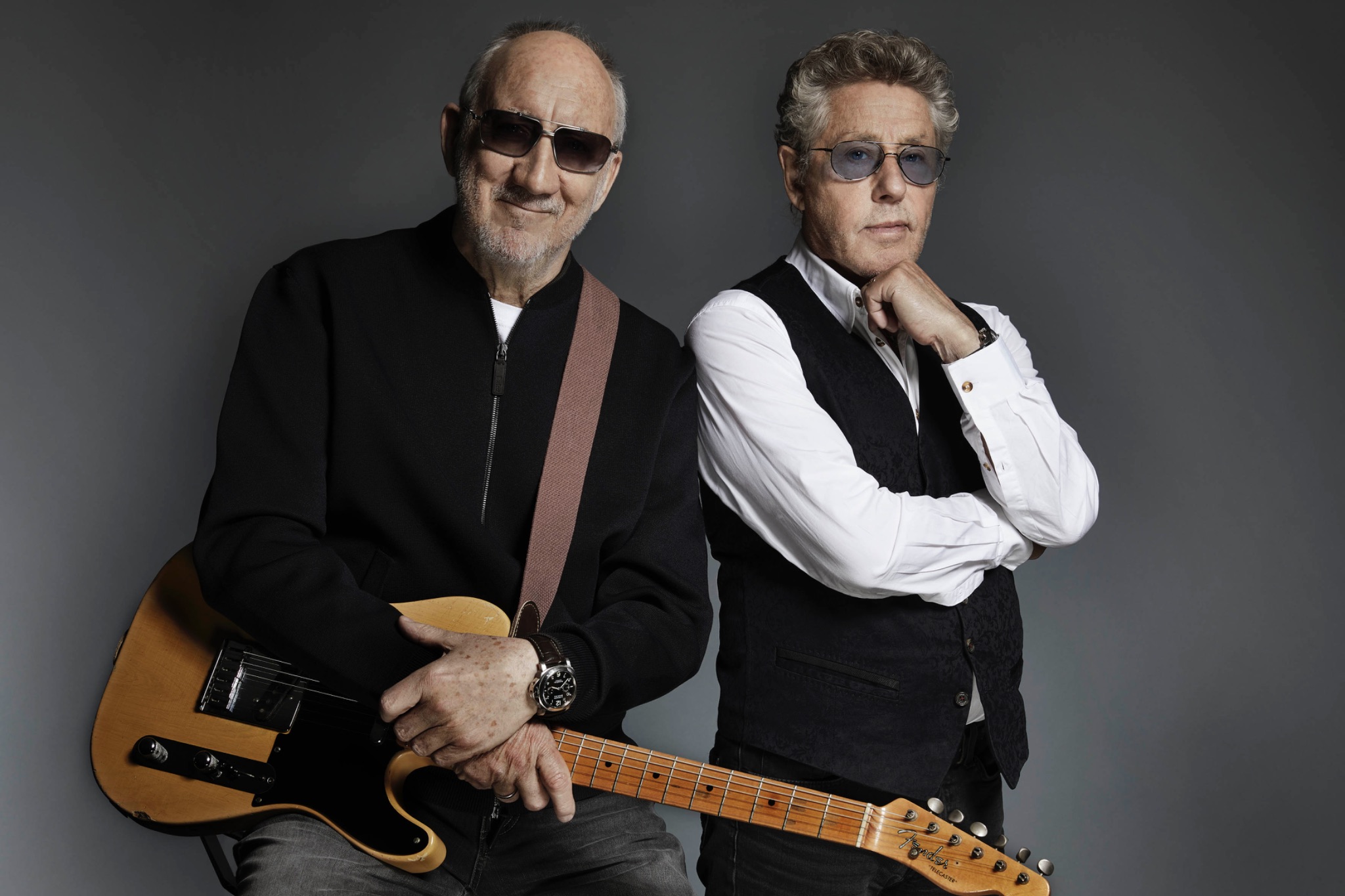The beautiful game in wartime: How football unified and thrived during World War II
Stanley Matthews runs with the ball for the RAF team (Picture: Getty) On 16 October 1943, around 60,000 spectators made their way into Maine Road for a wartime international fixture between England and Scotland. The hosts were undoubtedly the favourites, but few would have expected England to run out 8-0 winners in such a dominant fashion. Tommy Lawton, who went on to play for Chelsea, Notts County and Arsenal after the war, scored four goals in that game and later said it was the best team he had ever played in. Many people who watched the game felt similarly. Matches during the Second World War were not recognised as official internationals, but this England team, which also featured the great Stanley Matthews, was nevertheless seen as one of the best of its time, wartime or not. More than 600 footballers joined the war effort in 1939, and when reflecting on football during that time, much of the focus has been on the lost years of players who swapped their kit for uniform when war broke out. But focusing just on those tales can undersell the vital role that football still played during the wartime period, and how pivotal those years proved for the growth of the sport and how it came to be viewed and consumed by the British public. Adapting to wartime conditions An air raid warden on the look-out for enemy planes at a football match between Charlton and Arsenal (Picture: Getty) After the outbreak of World War One in August 1914, the Football Association continued with its normal schedule until April 1915, a move that caused consternation among many in government and society more generally. By the time of the Second World War, however, attitudes were different. ‘There was more recognition that sport and football could play a role in uplifting the mood of the nation, so the government was keen for it to restart,’ Matthew Taylor, a history professor at De Montfort University, told Metro. Having halted official league action on 3 September, a regional set-up with ten different leagues kicked off just over a month later on 28 October. The War Cup was also introduced in 1940. While many footballers signed up to fight or took on roles as physical training instructors within the army, there were still enough players left in Britain or in reserve occupation to make up the teams. Arsenal and Preston North End contested the 1941 War Cup at Wembley (Picture: Getty) This was not to suggest that football was a safe haven away from the daily chaos of war. By 1940, Coventry City had to pull out of their league when their stadium, Highfield Road, was damaged during the Blitz. Arsenal and Tottenham were made to ground share when Highbury was turned into an Air Raid Precautions stronghold, while Manchester United were forced to move to Maine Road after Old Trafford was damaged in 1941. Still, football persisted and fans continued to watch despite the threat. 60,000 journeyed to Wembley as Arsenal took on Preston North End in the War Cup final, while the regional format also allowed smaller, local teams the chance to thrive. Lovell’s Athletic, a team consisting of workers from a sweet factory in Newport, were a prime example. The Welsh side reached their regional Cup final in 1943, and there were even suggestions that Liverpool legend Bill Shankly once pulled on a shirt for the club. ‘A reminder of normality’ Spectators flocked to watch football during the war despite the risks (Picture: Getty) While attendances and the appetite for football fluctuated during stressful periods of the war, the game undoubtedly took on a new following. By the last wartime season in 1944-45, attendances reached 10.3million in total, with the southern final between Milwall and Chelsea drawing 90,000 fans to Wembley. That same year, a crowd of 85,000 were in the stands at Wembley as Charlton beat Chelsea in the War Cup final. The guest of honour that day was future US President Dwight Eisenhower – a clear indicator of the importance that football had taken on during the wartime period. General Dwight Eisenhower was a special guest for the 1944 South Cup Final between Charlton Athletic and Chelsea at Wembley Stadium (Picture: Getty) ‘Those matches and the way in which they were talked about were really important in identifying and reminding people of the normality that they were fighting to get back to,’ Taylor added. ‘Sport played an important part in that because it became increasingly thought of as part of everyday British life.’ Those feelings were also expressed by people at the time. Mass Observation, a British research project that tracked everyday people, noted during the war that ‘sports like soccer have an absolute major effect on the morale of the people.’ ‘One Saturday afternoon of League matches could probably do more to affect people’s spirits than the recent £50,000 government poster campaign urging cheerfulness, even if it were repeated six times o


On 16 October 1943, around 60,000 spectators made their way into Maine Road for a wartime international fixture between England and Scotland.
The hosts were undoubtedly the favourites, but few would have expected England to run out 8-0 winners in such a dominant fashion.
Tommy Lawton, who went on to play for Chelsea, Notts County and Arsenal after the war, scored four goals in that game and later said it was the best team he had ever played in. Many people who watched the game felt similarly.
Matches during the Second World War were not recognised as official internationals, but this England team, which also featured the great Stanley Matthews, was nevertheless seen as one of the best of its time, wartime or not.
More than 600 footballers joined the war effort in 1939, and when reflecting on football during that time, much of the focus has been on the lost years of players who swapped their kit for uniform when war broke out.
But focusing just on those tales can undersell the vital role that football still played during the wartime period, and how pivotal those years proved for the growth of the sport and how it came to be viewed and consumed by the British public.
Adapting to wartime conditions

After the outbreak of World War One in August 1914, the Football Association continued with its normal schedule until April 1915, a move that caused consternation among many in government and society more generally.
By the time of the Second World War, however, attitudes were different.
‘There was more recognition that sport and football could play a role in uplifting the mood of the nation, so the government was keen for it to restart,’ Matthew Taylor, a history professor at De Montfort University, told Metro.
Having halted official league action on 3 September, a regional set-up with ten different leagues kicked off just over a month later on 28 October. The War Cup was also introduced in 1940.
While many footballers signed up to fight or took on roles as physical training instructors within the army, there were still enough players left in Britain or in reserve occupation to make up the teams.

This was not to suggest that football was a safe haven away from the daily chaos of war. By 1940, Coventry City had to pull out of their league when their stadium, Highfield Road, was damaged during the Blitz.
Arsenal and Tottenham were made to ground share when Highbury was turned into an Air Raid Precautions stronghold, while Manchester United were forced to move to Maine Road after Old Trafford was damaged in 1941.
Still, football persisted and fans continued to watch despite the threat. 60,000 journeyed to Wembley as Arsenal took on Preston North End in the War Cup final, while the regional format also allowed smaller, local teams the chance to thrive.
Lovell’s Athletic, a team consisting of workers from a sweet factory in Newport, were a prime example. The Welsh side reached their regional Cup final in 1943, and there were even suggestions that Liverpool legend Bill Shankly once pulled on a shirt for the club.
‘A reminder of normality’

While attendances and the appetite for football fluctuated during stressful periods of the war, the game undoubtedly took on a new following.
By the last wartime season in 1944-45, attendances reached 10.3million in total, with the southern final between Milwall and Chelsea drawing 90,000 fans to Wembley.
That same year, a crowd of 85,000 were in the stands at Wembley as Charlton beat Chelsea in the War Cup final. The guest of honour that day was future US President Dwight Eisenhower – a clear indicator of the importance that football had taken on during the wartime period.

‘Those matches and the way in which they were talked about were really important in identifying and reminding people of the normality that they were fighting to get back to,’ Taylor added.
‘Sport played an important part in that because it became increasingly thought of as part of everyday British life.’
Those feelings were also expressed by people at the time. Mass Observation, a British research project that tracked everyday people, noted during the war that ‘sports like soccer have an absolute major effect on the morale of the people.’
‘One Saturday afternoon of League matches could probably do more to affect people’s spirits than the recent £50,000 government poster campaign urging cheerfulness, even if it were repeated six times over and six times better, as it easily could be,’ the report added.
Progress on and off the pitch

But while football served as a unifying force throughout the war, the sport also reaped the benefits of its increased following and status long after peace returned in Europe.
Part of that was seen on the pitch with young players like Lawton and Alf Ramsey, who developed greatly as a result of playing at such a high level so early in their careers during the wartime period.
‘Many people see the war as a pause for football and talk about the lost years for many older players, and there’s truth in that,’ said Taylor. ‘But it was also a great period for younger players to accelerate their careers.
‘Ramsey mentioned as much in his autobiography. He matured greatly during the wartime period as a footballer because he got opportunities which he wouldn’t have had in peacetime to play at a higher level.’
And in a wider sense, football’s pivotal role in wartime society also helped cement the sport as a key staple of British identity on a far wider scale.
‘Stereotypically, it would have been defined as a working-class sport, but during the wartime context, it was increasingly defined as being a national game,’ added Taylor.
‘And that was not so much because it spread out to different groups but because the working class and their involvement in the key services of war were increasingly seen as the spine of the nation.
‘The people’s game and the national game became two sides of the same coin, and it has been that way ever since.’
For more stories like this, check our sport page.
Follow Metro Sport for the latest news on Facebook, Twitter and Instagram.









































































